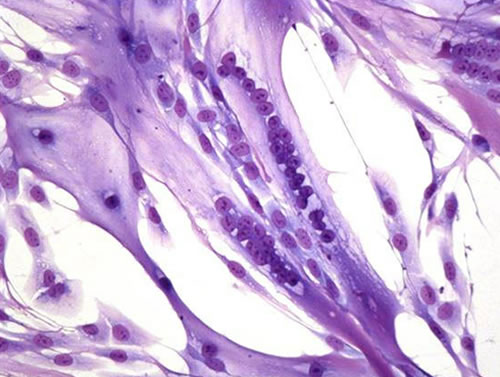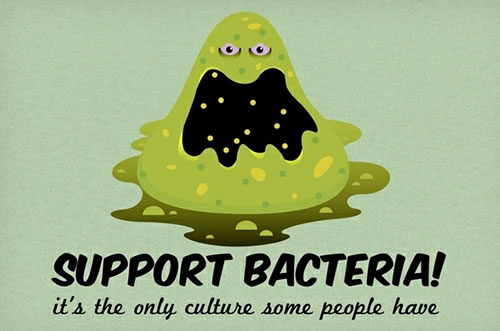The real risk is injecting liquid underground
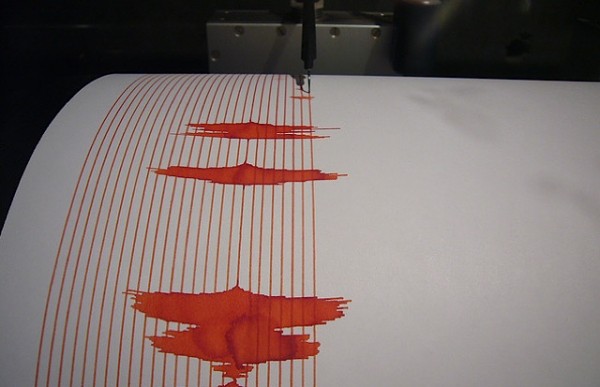
The National Research Council published a report today, reviewing and
analyzing peer-reviewed literature, federal and state documents, data
requested from private companies, and more ... all in an effort to
better understand the link between earthquakes and natural gas fracking
techniques.
Because this is the National Research Council, you can read the whole
thing online for free. But here are the three key takeaways:
First: The actual process of hydraulic fracturing—injecting fluid
into the ground to break rocks and release trapped natural gas—doesn't
seem to come with a serious seismic risk. This process has been
definitively linked to small earthquakes—no greater than 2.8
magnitude—at one location.
Second: Injecting wastewater from fracking back into the ground has a
much more noticeable seismic effect. What's more, this effect goes far
beyond fracking. Injecting liquids into the ground is part of advanced
recovery for oil, conventional drilling for oil and gas, carbon capture
and storage, and geothermal electricity generation. This should not be a
surprise. We've known that human can induce small earthquakes since the
1920s and injecting large amounts of liquids into a space that
previously didn't hold much liquid—what the NRC calls a fluid
imbalance—is part of that.
The strongest induced earthquakes are related to hydrocarbon
withdrawl—basically, oil drilling—in California, Illinois, Oklahoma,
Texas, and Nebraska. Some of those events have reached magnitudes of
6.5.
But the highest frequency of events seems to be associated with a
California geothermal site called The Geysers, which has experienced
300-400 events a year since 2005, some of them reaching a magnitude of
4.6.
Basically, whether we should be really worried about this effect or
not is up for debate. None of these human-induced earthquakes have led
to significant property damage or loss of life and, historically,
human-induced earthquakes have been on the small side, magnitude wise.
Also, we've been injecting liquid into the Earth for decades and the
overall number of induced earthquakes remains small. But, if we are
going to be concerned, we have to understand that this is not just a
fracking problem. It's going to come into play any time you're
extracting or injecting a large quantity of liquid from the earth
without counterbalancing that liquid loss or gain.
Finally: The thing to keep your eye on is carbon capture and storage.
There's only one commercial scale project in the whole world right now.
So we really don't have enough data to know what's going on here. But,
the paper points out, CCS involves injecting very large quantities of
liquid. Larger than the quantities involved in, say, storage of
wastewater from fracking. So while we don't know what will happen with
CCS, there's definitely a potential for those sites to cause some
earthquakes at the larger end of the human-induced-earthquake scale.
Read the full report (Executive Summary and Summary are particularly useful if you want a quick overview.)
Read a summary at Scientific American







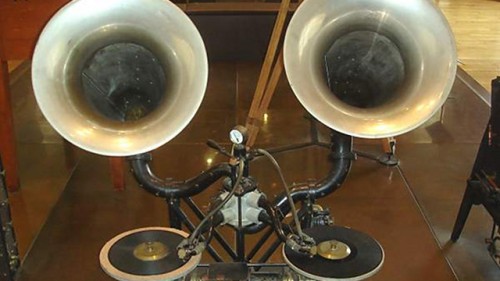



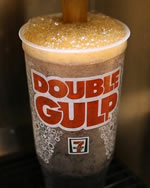 Two
years ago, we told you that the 64-ounce 7-Eleven Double Big Gulp is actually
twice
as large as the average human stomach.
Two
years ago, we told you that the 64-ounce 7-Eleven Double Big Gulp is actually
twice
as large as the average human stomach. 





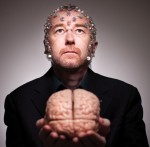 In the Dalton Trumbo novel Johnny Got His Gun,
a horribly wounded soldier loses his arms, legs, and face. He keeps his
wits, but is unable to communicate for a long time. When he can finally
let those around him know that he is still conscious, they ask him what
he wants. When he gives his answer, he is denied his only request. That
nightmare is a possibility for many people thanks to new technology.
Neuroscientist Adrian Owen works to communicate with patients who are
thought to be in a vegetative state, but may be victims of Locked-In
Syndrome. Owen looks at brain function during fMRI scanning and tries to
discern whether increased activity in parts of the brain are attempts
to answer questions or communicate. He has had some success with several
patients.
In the Dalton Trumbo novel Johnny Got His Gun,
a horribly wounded soldier loses his arms, legs, and face. He keeps his
wits, but is unable to communicate for a long time. When he can finally
let those around him know that he is still conscious, they ask him what
he wants. When he gives his answer, he is denied his only request. That
nightmare is a possibility for many people thanks to new technology.
Neuroscientist Adrian Owen works to communicate with patients who are
thought to be in a vegetative state, but may be victims of Locked-In
Syndrome. Owen looks at brain function during fMRI scanning and tries to
discern whether increased activity in parts of the brain are attempts
to answer questions or communicate. He has had some success with several
patients.